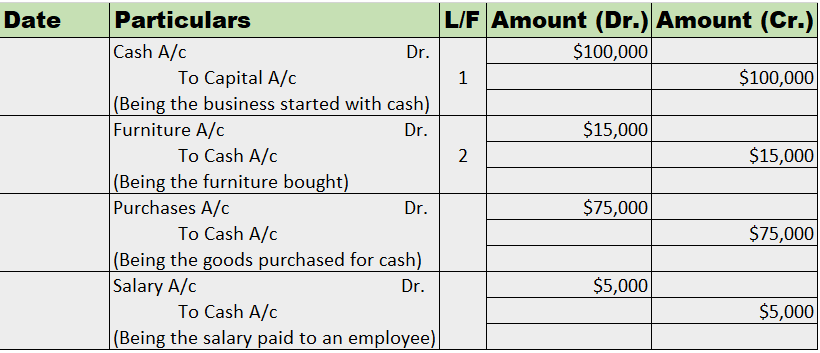Sales Return is shown on the debit side of the Trial Balance. Sales Return is also called Return Inward. Sales Return refers to those goods which are returned by the customer to the seller of the goods. The goods can be returned due to various reasons. For example, due to defects, quality differenceRead more
Sales Return is shown on the debit side of the Trial Balance.
Sales Return is also called Return Inward.
Sales Return refers to those goods which are returned by the customer to the seller of the goods. The goods can be returned due to various reasons. For example, due to defects, quality differences, damaged products, and so on.
In a business, sales is a form of income as it generates revenue. So, when the customer sends back those goods sold earlier, it reduces the income generated from sales and hence goes on the debit side of the trial balance as per the modern rule of accounting Debit the increases and Credit the decreases.
For Example, Mr. Sam sold goods to Mr. John for Rs 500. Mr. John found the goods damaged and returned those goods to Mr. Sam.
So, here Sam is the seller and John is the customer.
The journal entry for sales return in the books of Mr. Sam will be
| Particulars | Amt | Amt |
| Sales Return A/c | 500 | |
| To Mr John | 500 |
Treatment in Trial Balance











Definition The trial balance is a list of all the closing balances of the general ledger at the end of the year. Or in other words, I can say that it is a statement showing debit and credit balances. A trial balance is prepared on a particular date and not on a particular period. Importance As the tRead more
Definition
The trial balance is a list of all the closing balances of the general ledger at the end of the year. Or in other words, I can say that it is a statement showing debit and credit balances.
A trial balance is prepared on a particular date and not on a particular period.
Importance
As the trial balance is prepared at the end of the year so it is important for the preparation of financial statements like balance sheet or profit and loss
Purpose of trial balance which are as follows:
Preparation of trial balance
Methods of preparation
These are two methods that you can use to prepare trail balance, now let me explain to you in detail about these methods which are as follows:-
Balance method
Total amount method
Steps to prepare a trial balance
A suspense account is generated when the above case arises that is trial balance did not agree after transferring the balance of all ledger accounts including cash and bank balance.
And also errors are not located in timely, then the trial balance is tallied by transferring the difference between the debit and credit side to an account known as a suspense account.
Rules of trial balance
When we prepare a trial balance from the given list of ledger balances, the following rules to be kept in mind that are as follows :
Are placed in the debit column of the trial balance.
Are placed in the credit column of the trial balance.
See less